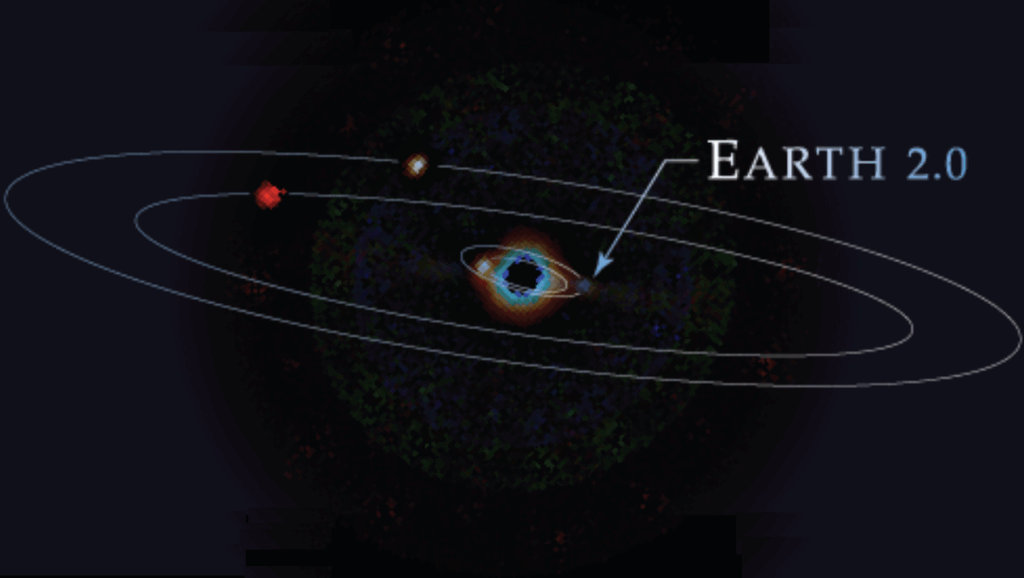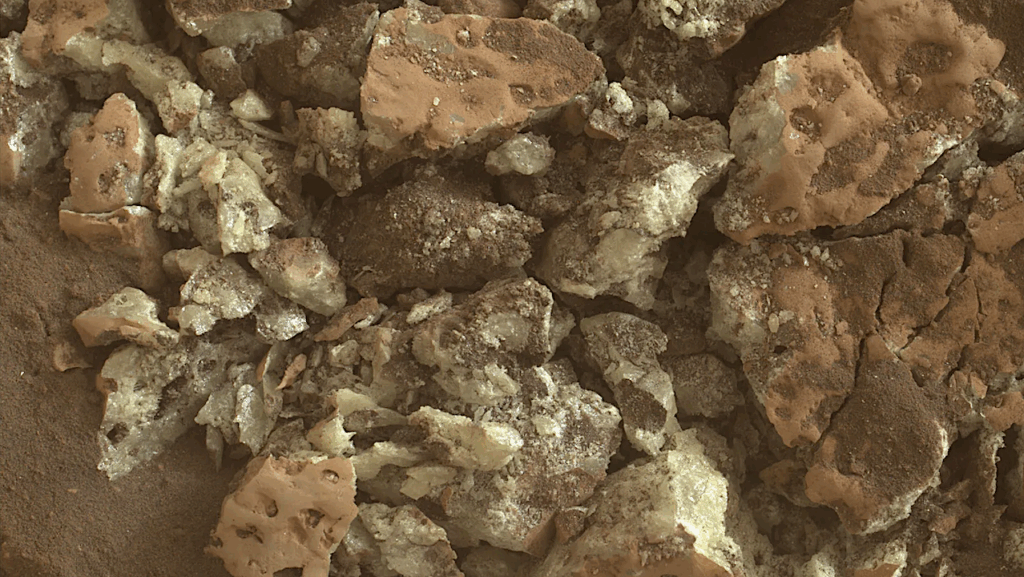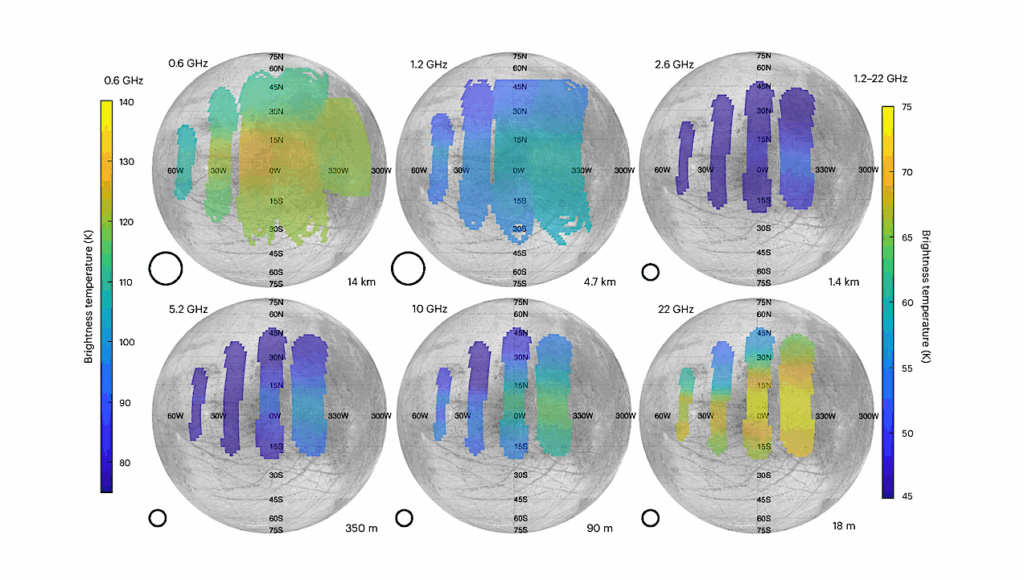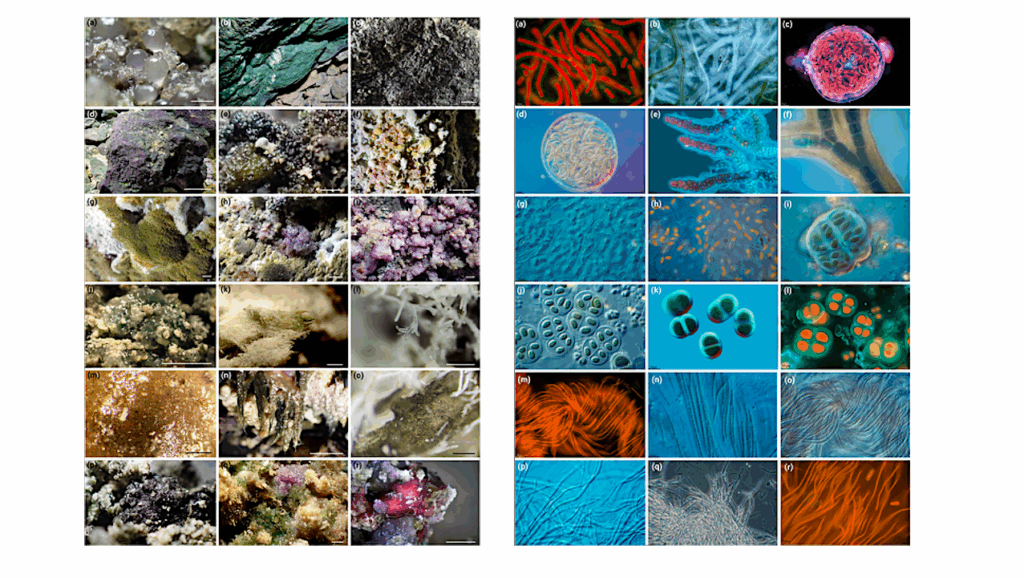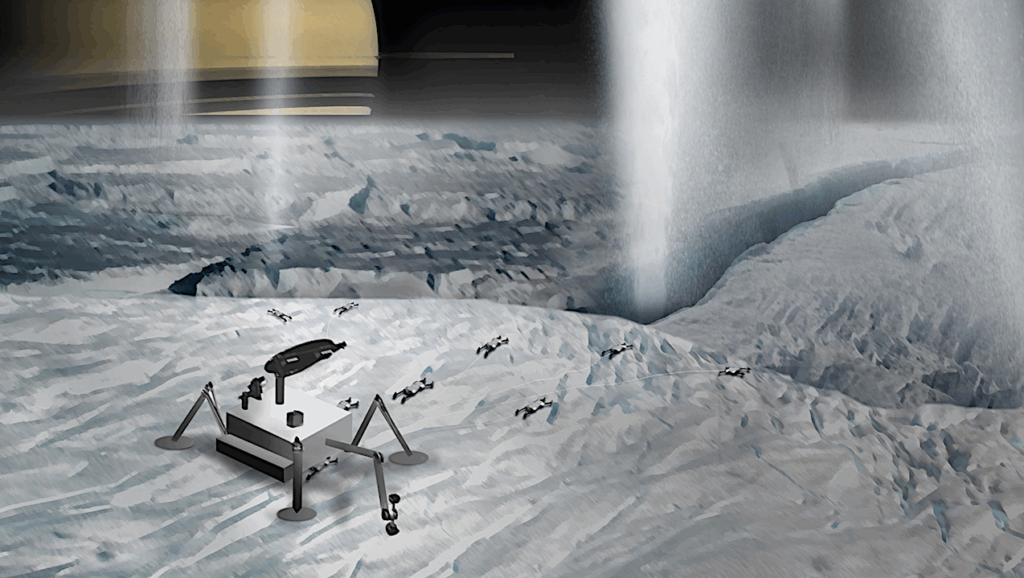Fossil Cells Provide Evidence Of Early Oxygenic Photosynthesis On Earth
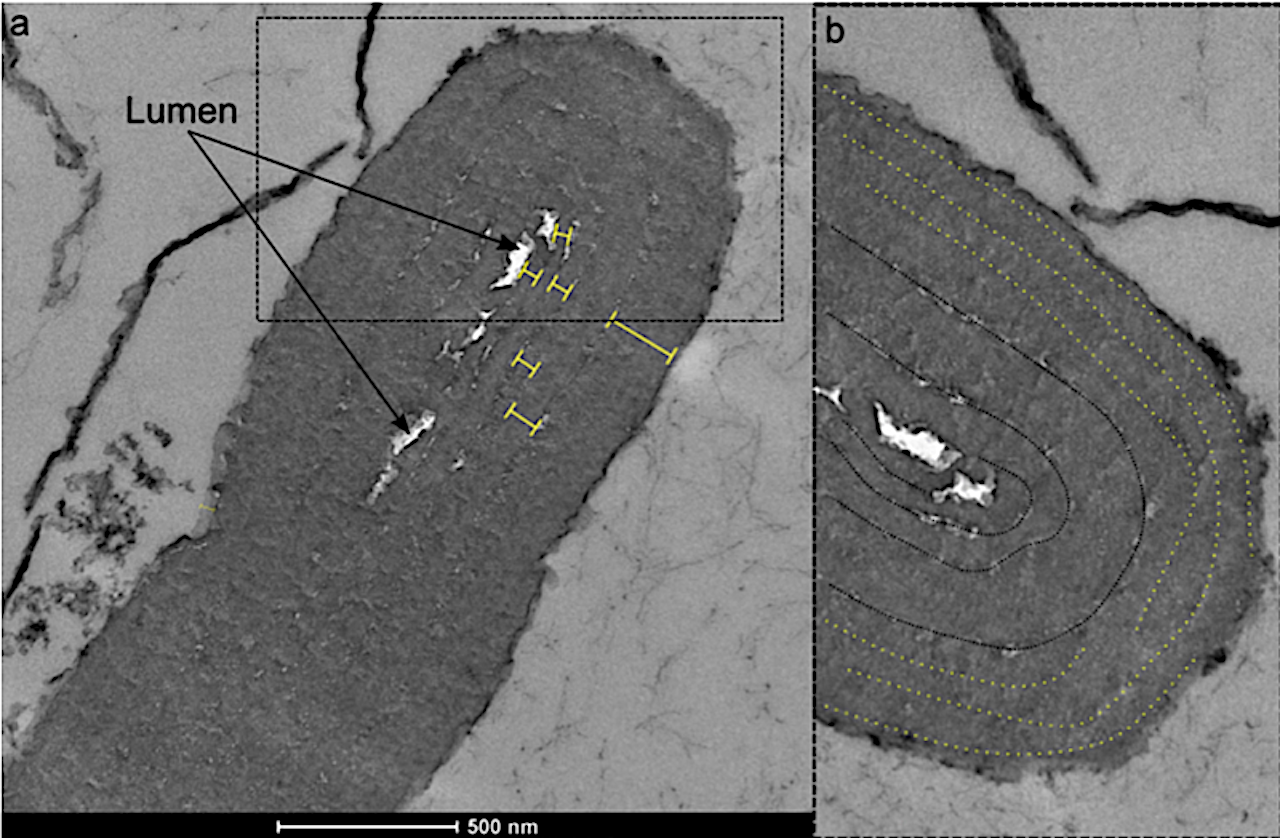
Today oxygenic photosynthesis is unique to cyanobacteria and their plastid relatives within eukaryotes. Although its origin before the Great Oxidation Event is still debated 1,2,3,4, the accumulation of O2 profoundly modified the redox chemistry of the Earth and the evolution of the biosphere, including complex life.
Understanding the diversification of cyanobacteria is thus crucial to grasping the coevolution of our planet and life, but their early fossil record remains ambiguous5. Extant cyanobacteria include the thylakoid-less Gloeobacter-like group and the remainder of cyanobacteria that acquired thylakoid membranes 6,7.
The timing of this divergence is indirectly estimated at between 2.7 and 2.0 billion years ago (Ga) based on molecular clocks and phylogenies 8,9,10,11 and inferred from the earliest undisputed fossil record of Eoentophysalis belcherensis, a 2.018–1.854 Ga pleurocapsalean cyanobacterium preserved in silicified stromatolites 12,13.
Here we report the oldest direct evidence of thylakoid membranes in a parallel-to-contorted arrangement within the enigmatic cylindrical microfossils Navifusa majensis from the McDermott Formation, Tawallah Group, Australia (1.78–1.73 Ga), and in a parietal arrangement in specimens from the Grassy Bay Formation, Shaler Supergroup, Canada (1.01–0.9 Ga).

Images of microfossil specimens of Navifusa majensis. (Demoulin et al., Nature, 2024)
This discovery extends their fossil record by at least 1.2 Ga and provides a minimum age for the divergence of thylakoid-bearing cyanobacteria at roughly 1.75 Ga. It allows the unambiguous identification of early oxygenic photosynthesizers and a new redox proxy for probing early Earth ecosystems, highlighting the importance of examining the ultrastructure of fossil cells to decipher their palaeobiology and early evolution.
Oldest thylakoids in fossil cells directly evidence oxygenic photosynthesis, Nature
astrobiology


